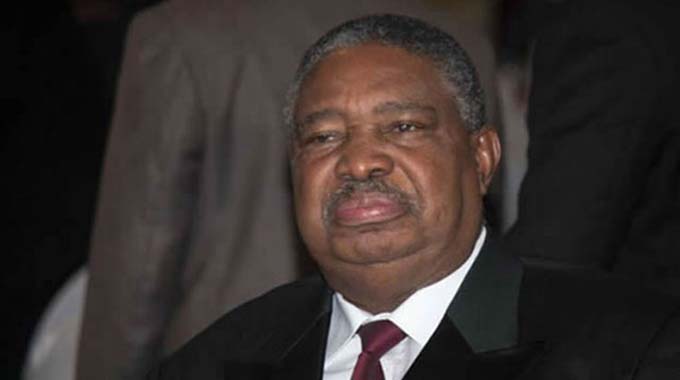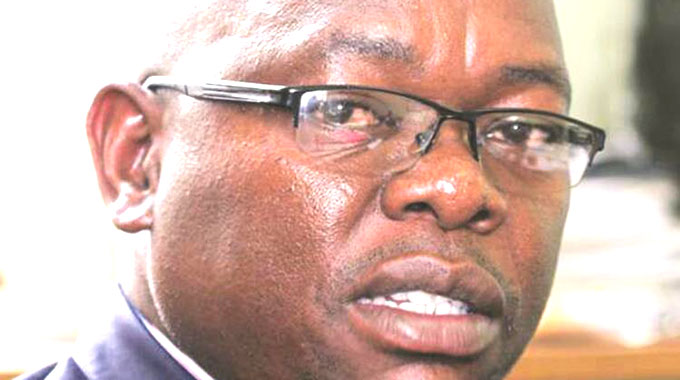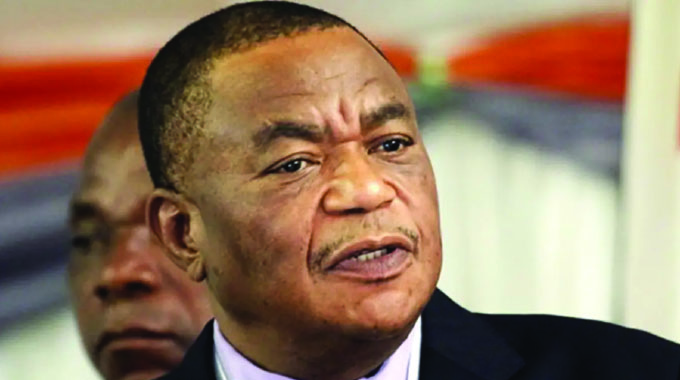Kariba Dam rehab bridges skills transfer

Lusaka – ANY engineering project as grand as the rehabilitation of Africa’s iconic dam, the Kariba Dam, provides a great opportunity for engineers to apply their skills and acquire new ones.
Of course, to rehabilitate a plunge pool at the scale of the Kariba Dam, a feat unprecedented, the Zambezi River Authority (ZRA), which manages the dam on behalf of Zimbabwe and Zambia, had to rely on the best engineering expertise drawn from the two countries, cooperating project financiers (the European Union, World Bank, Government of Sweden and the African Development Bank),
international supervising engineers, a panel of experts and one of the world’s best engineering companies – Razel-Bec, as contractors.
The French civil engineering firm has 130 years’ experience in large scale public construction works.
The Kariba Dam Rehabilitation Project (KDRP) is being funded through grants and loans from the African Development Bank, the European Union (EU), the Government of Sweden, and the World Bank and by the ZRA on behalf of the governments of Zambia and Zimbabwe.
The EU is also providing technical support by playing an advisory role on the reshaping of the plunge pool. This is done through an expert Project Management Advisor (PMA) appointed by the EU, who works closely with the ZRA project management team in their daily activities in respect of the plunge pool works.
Specifically, the reshaping of the plunge pool includes the construction of a cofferdam which is touted as an engineering feat.
And it has got local engineers working on the project talking.
“The project is very unique and challenging in that a great part of the works required for the plunge pool project involves working underwater, and the only visual scenery the project team has are the videos taken by the divers who are sent to inspect underwater conditions,” says Patrick Sipatela, who is a design engineer. He is a graduate of the University of Zambia.
1.
What Sipatela finds particularly exciting about the project is the use of Archimedes’ principle in the floating of reinforced concrete pier shells, and the use of a towing boat to transport the piers to their required location before the final concreting.
Archimedes’ principle is the physical law of buoyancy, discovered by the Greek mathematician and inventor Archimedes.
“I feel very motivated, privileged and excited to be on this project as it is every engineers’ dream to be exposed to new and advanced methods of construction not commonly performed on local construction projects”
Kozanai Gurukumba is the project manager under the KDRP, and has worked as a dam safety engineer for Kariba Dam for more than 20 years.
Despite his 30 years’ experience as a civil engineer, he says the scope of the KDRP is quite daunting.

Kariba Dam Rehabilitation on-going works at Plunge Pool
“The KDRP is a complex project. The entire project structure is so diverse that it generates overlaps in roles and responsibilities of the parties involved in project planning, execution as well as project monitoring and control,” he says.
Like Sipatela, Gurukumba finds the construction of the cofferdam piers, and moving them to location “quite unique and challenging as well”.
Gurukumba hopes to hone his skills in project management and contract administration, as well as training in concrete technology as he works on the KDRP.
“These skill areas are key in the project execution processes,” he says.
Sudden Mukuwe is the contracts engineer on the KDRP. He is a qualified industrial and manufacturing engineer with 12 years’ experience in project management and contracts management. Working on the KDRP is a learning curve for Mukuwe.
“I learnt a lot in the preparation of multi -lateral banks’ requirements on bid documents, putting up user-requirement specifications and other requirements for equipment and material acquisition during the initiation stage of the tender process.
I have also personally acquired skills in claim evaluation and dispute resolution within the contractual framework,” he says.
But he says dealing with the contractor is not always an easy task. This is where the Project Management Advisor comes in with other engineering experts and the National Authorizing Office (NAO) of the European Development Fund (EDF) in
2
Zambia, of the Ministry of Finance. On-going advice is provided to support contractual relationship management, risk management, conflict resolution, quality assurance, project monitoring, change control including review and analysis of progress reports, cost assessment and advising on problem resolution and mitigation of project risks and delays; and any other aspects to ensure successful
delivery of the project.”Critical decisions that have a dollar value attached to them constantly require
involvement of all parties,” says Mukuwe.
He says keeping real-time track of all contractual issues is hectic as changes happen very fast with decisions having to be reached very fast.
“1 am heavily involved in all the decisions that are made at KDRP; for those that are perceived to be beyond my scope, there is direct escalation to senior managers
who then make decisions with our input, guidance and based on the information we provide,” he says.
Mukuwe says he feels like a million dollars working on the KDRP.
“1 could literally go out into the world and do great things in terms of project management in general and contracts management in particular,” says Mukuwe.
The scope of work in the KDRP is not without risks, but one man has been engaged specifically to ensure safety, as well as planning for any emergencies. He
is Philip Ziduche, backed by over 10 years in coal and diamond mining, as well as hydro power generation.
Philip says one thing he has appreciated working on the KDRP is the cultural diversity and teamwork.
He sees the KDRP as an opportunity for career development.
When the KDRP is completed in 2025, the four engineers will, without doubt, be eager and more confident to move on to the next big project – the proposed Batoka Hydro-electric Scheme (RES).










Comments